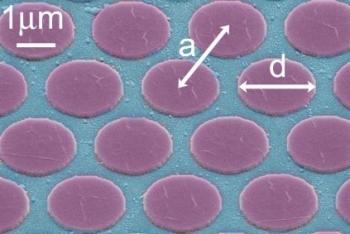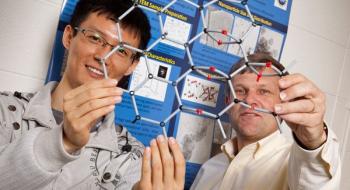Graphene behaves like a laser when excited with short light pulses
Researchers from the Iowa State University discovered that Graphene behaves like a laser when excited with very short femtosecond light pulses. Graphene has been shown to have two technologically important properties population inversion of electrons and optical gain. This means that Graphene can be used to make a variety of optoelectronics devices, including broadband optical amplifiers, high-speed modulators, and absorbers for telecommunications and ultra fast lasers.
We already heard of some infra-red graphene related research: Infrared detection using graphene nanoribbons and a graphene-based technology for use in low-cost infrared imaging applications for the US military.




